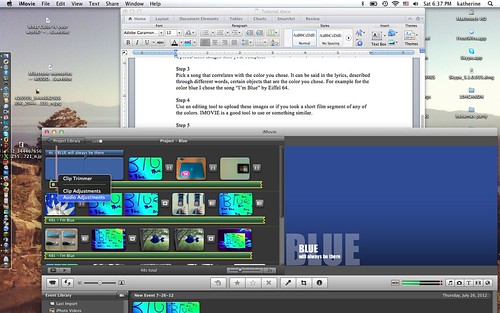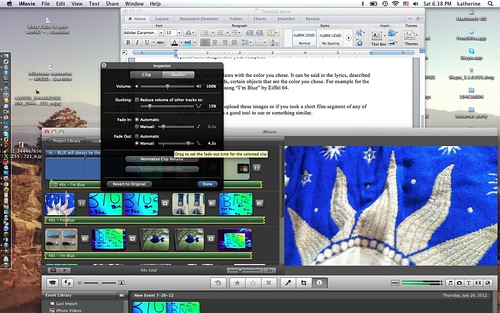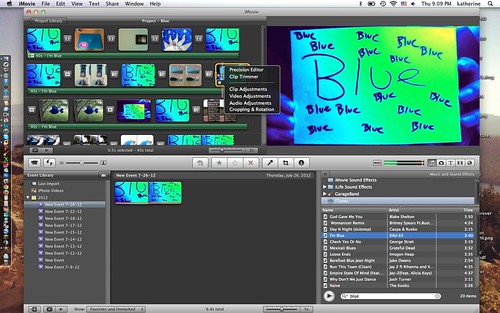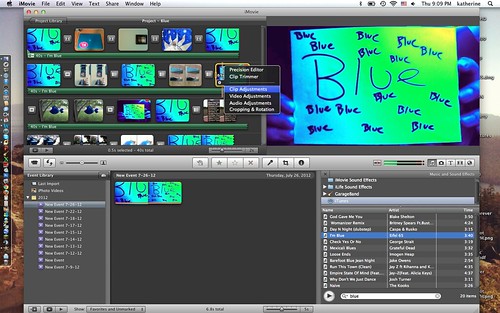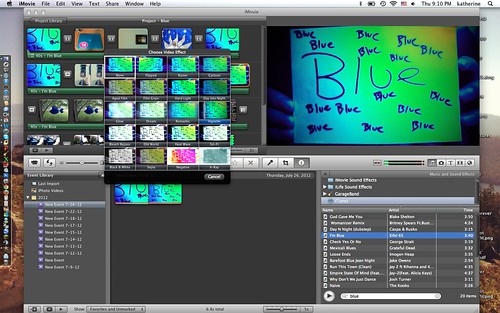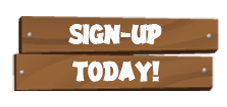I have done more writing in the past four weeks than I believe I have ever done in such a period in my life. Not as much of that writing has been here as I would have liked. It is important to write publicly, at least for me. Whether or not anyone reads it doesn’t really matter. Putting my writing and my thinking out beyond me pushes me to think deeper and to take things a step further.
I was a co-director for this summer’s Invitational Summer Institute (ISI) for the Northern Virginia Writing Project. Last summer was my introduction to the ISI. I wrote some about it then, certainly more than I managed to do this year! Last year was an absolutely amazing experience and gave me a passion for the writing project that kept me involved throughout the year and brought me back this summer.
This summer was even better. We were a much larger group, more than double last year’s size. Fifteen amazing people last year and thirty-two this year. When everyone is fabulous, having more fabulous people makes it better.
A typical morning at the ISI starts with thirty minutes of ‘morning pages.’ Just silent writing. I did a terrible job of continuing that throughout this past year and I’m aiming to do better this go-round.
After that we had demonstration lessons. Every participant gives an hour and fifteen minute demo lesson about writing. We had lessons on revision, mentor texts, multi-genre writing, persuasive writing, using rhetoric in writing, poetry, tone, journalism, nonfiction, voice, and more. Each morning we would have two of these demo lessons before lunch.
After lunch we had guest presenters (people who had done the ISI in the past and had stellar lessons to share), conversations, or our writing groups. We met in writing groups of about five people twice a week for the entire afternoon. We brought writing to share and talk about. At the end of the ISI we create an anthology with work from everyone.
I plan to do some serious reflection on this year’s ISI and what I gained from it over the next week. My ‘morning pages’ (which might be written at 7:30 at night) will be a post about my thinking. I have a composition book full of writing from morning pages, demo lessons, and conversations to review. I think there’s gold in there if I’ll just take the time to sift through.
